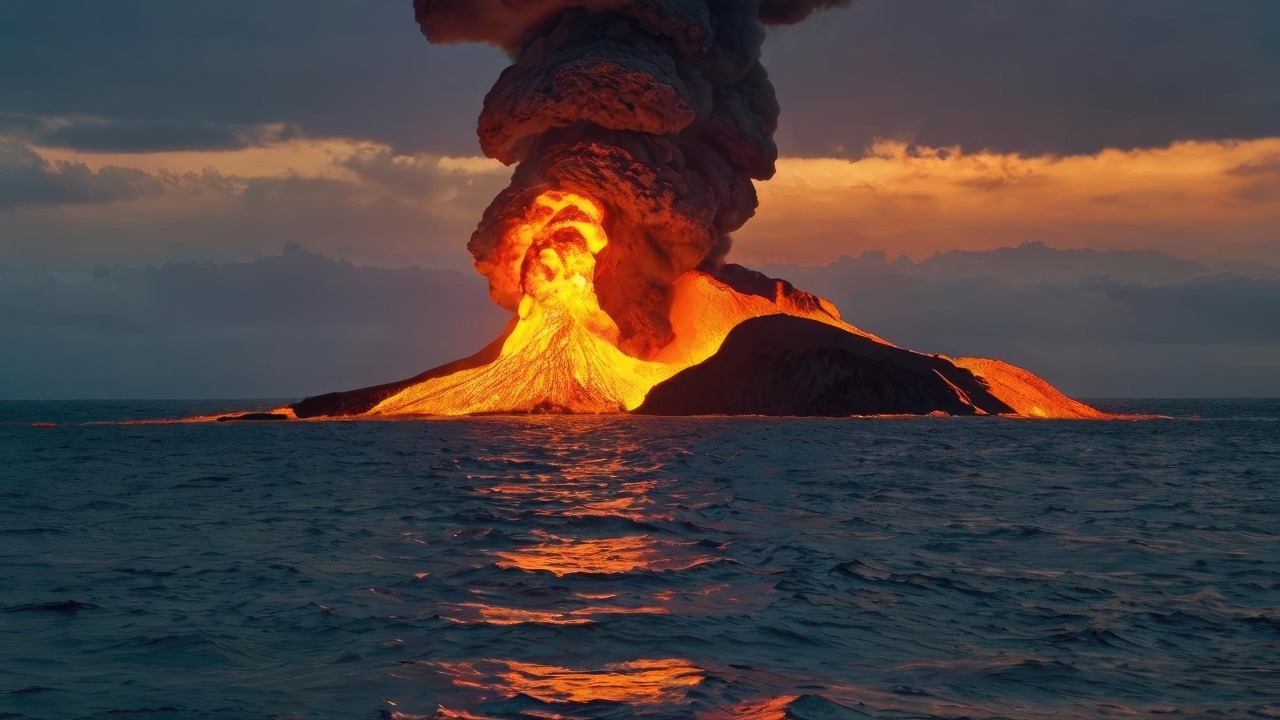
A volcano in the Pacific Ocean is making headlines as it shows signs of forming a new island. This geological phenomenon provides a unique opportunity for scientists to observe island formation in real-time. The event underscores the dynamic nature of Earth’s crust and its continuous transformation.
The Science Behind Volcanic Island Formation

Plate Tectonics and the Ring of Fire
The Earth’s lithosphere is divided into several tectonic plates that float on the semi-fluid asthenosphere beneath them. This movement is the primary driver of volcanic activity. The Pacific Ocean is home to the Ring of Fire, a horseshoe-shaped area known for a high concentration of volcanoes and seismic activity. This region accounts for about 75% of the world’s active volcanoes and is a hotbed for new geological formations, including islands.
The constant motion of tectonic plates in this area creates conditions ripe for volcanic eruptions. When an oceanic plate is forced underneath a continental plate, it melts due to intense heat and pressure, resulting in magma formation. This magma can eventually rise to the surface, causing volcanic eruptions that may lead to the creation of new islands.
Volcanic Processes Leading to Island Formation
Underwater volcanic eruptions are critical to island formation. When a volcano erupts beneath the ocean, lava is expelled, cooling rapidly upon contact with water. Over time, successive eruptions build up layers of solidified lava and ash, creating a seamount. If the volcanic activity persists, the seamount can grow tall enough to break the ocean’s surface, forming a new island.
Island formation follows several stages. Initially, a volcanic cone builds up from the ocean floor. As eruptions continue, the cone breaches the water’s surface, creating an emergent island. Over time, the island can stabilize, and vegetation may begin to colonize the new land, marking the final stages of its development.
Historical Context and Recent Events
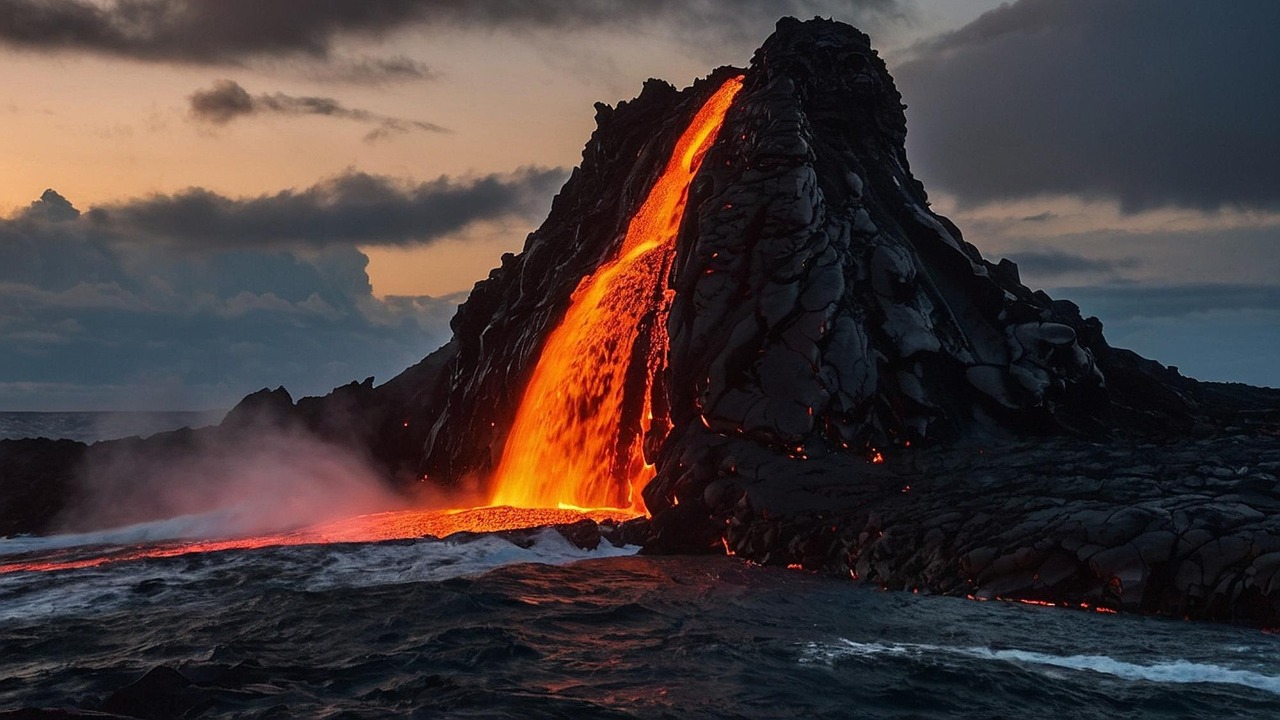
Historical Examples of Volcanic Island Formation
Throughout history, volcanic activity has led to the creation of new islands. A prime example is Surtsey, an island that emerged off the coast of Iceland in 1963. The eruption lasted nearly four years, providing valuable insights into geological processes and ecological succession. Similarly, the formation of Hunga Tonga in the Pacific Ocean in 2015 showcased the dramatic effects of underwater volcanic activity.
These historical instances illustrate the transformative power of volcanic eruptions. They not only reshape the Earth’s surface but also create new ecosystems, offering scientists opportunities to study ecological succession and adaptation in real-time.
Recent Eruptions and Their Impact
The 2019 White Island eruption in New Zealand serves as a recent example of volcanic activity’s potential impact. While it did not result in a new island, the eruption highlighted significant geological implications, including changes in the landscape and the potential for future activity in the area.
Recent volcanic activity in the Pacific has captured the attention of scientists worldwide. The ongoing monitoring of these eruptions offers a chance to gather data that could further our understanding of volcanic processes and their long-term effects on the Earth’s surface.
Scientific Observations and Research
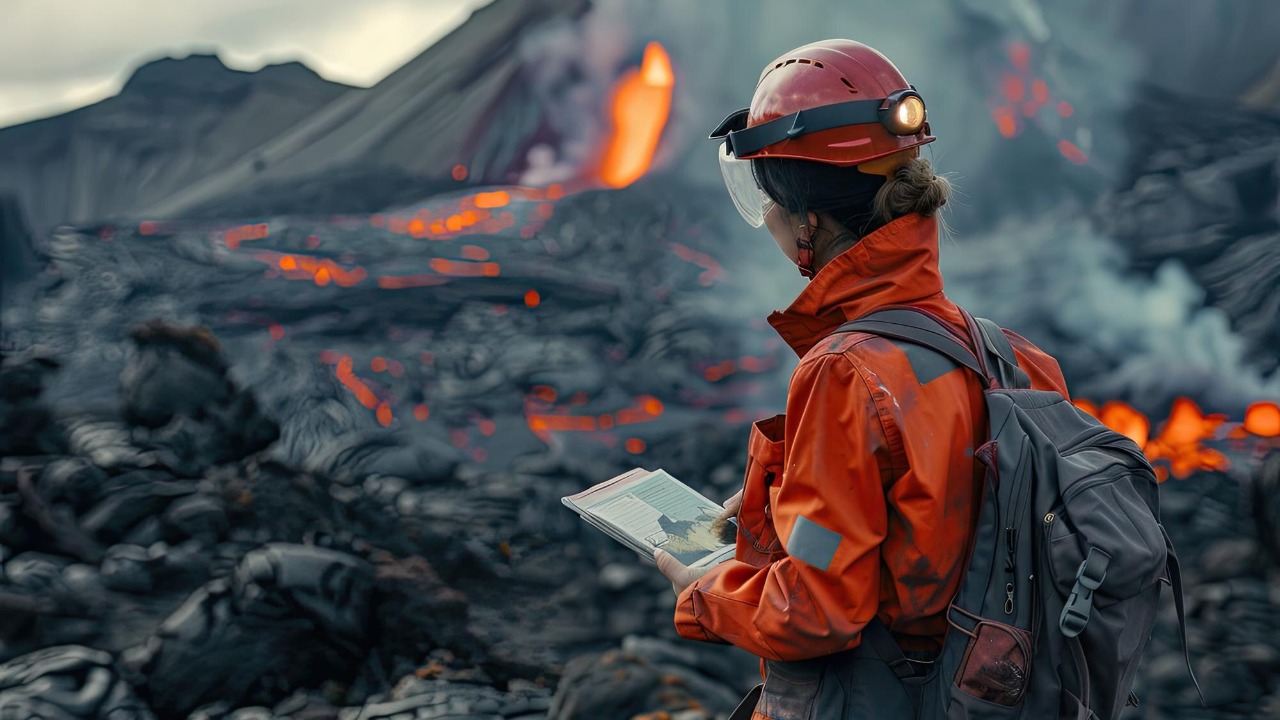
Monitoring and Data Collection
Modern technology plays a crucial role in monitoring volcanic activity. Satellite imagery and remote sensing technologies allow scientists to observe changes in the Earth’s surface in real-time. These tools are invaluable for tracking volcanic eruptions and assessing their potential to create new land formations.
Recent studies and field observations have provided key insights into the processes involved in island formation. For instance, scientists are closely watching the latest volcanic activity in the Pacific, collecting data that could help predict future eruptions and their outcomes.
Implications for Geological Research
The potential formation of a new island offers exciting prospects for geological research. By studying these events, scientists can enhance their understanding of volcanic activity and island geology. This knowledge contributes to broader insights about the dynamic processes shaping our planet.
Future research may focus on the long-term development of new islands, including their stabilization and ecological succession. This ongoing study could lead to further discoveries about how life colonizes new land and adapts to changing environmental conditions.
Environmental and Ecological Considerations
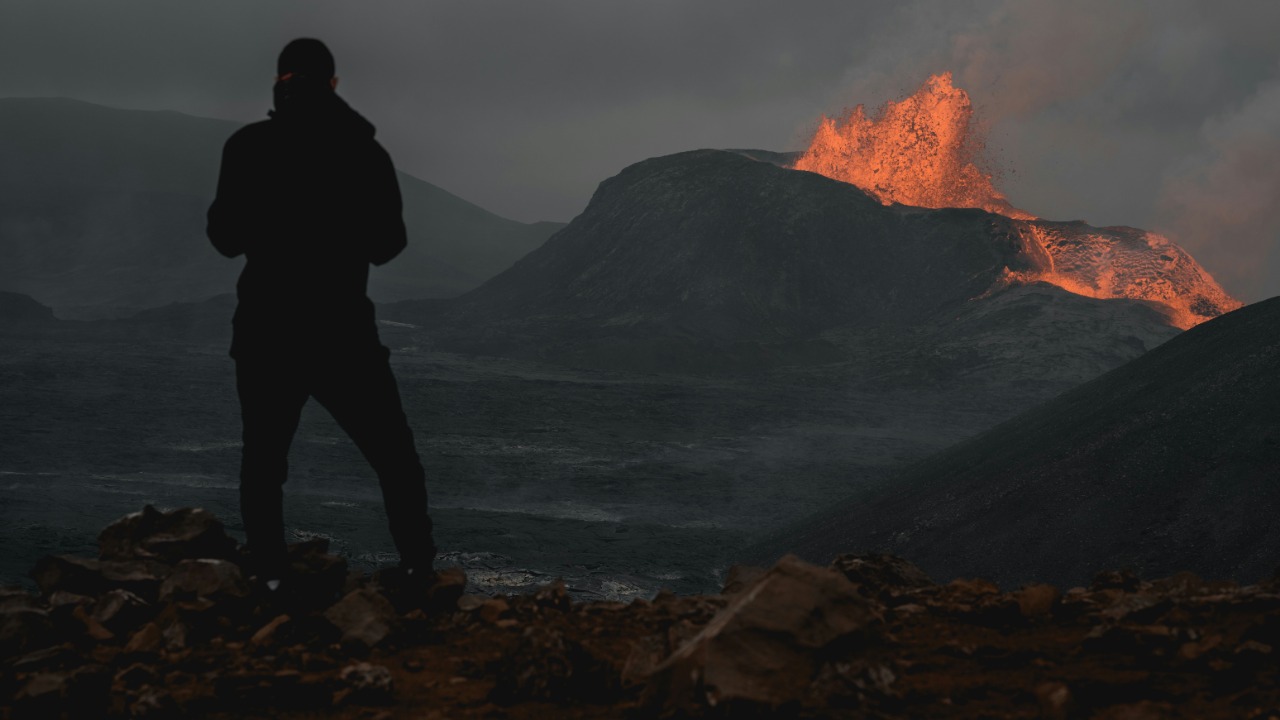
Impact on Marine and Terrestrial Ecosystems
New island formations can significantly impact local ecosystems. The initial volcanic activity may temporarily disrupt marine life, but over time, new habitats can emerge. The colonization of these islands by plants and animals offers opportunities for studying ecological succession and biodiversity.
The development of new land can also present challenges for local biodiversity. Invasive species may pose threats to native flora and fauna, emphasizing the importance of monitoring and managing these emerging ecosystems carefully.
Human and Environmental Safety Concerns
Volcanic activity poses potential risks to human populations and ecosystems. Assessing these risks is crucial for ensuring the safety of nearby communities. Scientists and authorities may develop strategies to mitigate these hazards, such as establishing exclusion zones and improving early warning systems.
Understanding the potential threats associated with volcanic activity helps in planning for future events and minimizing their impact on human and environmental safety.
Future Prospects and Global Significance
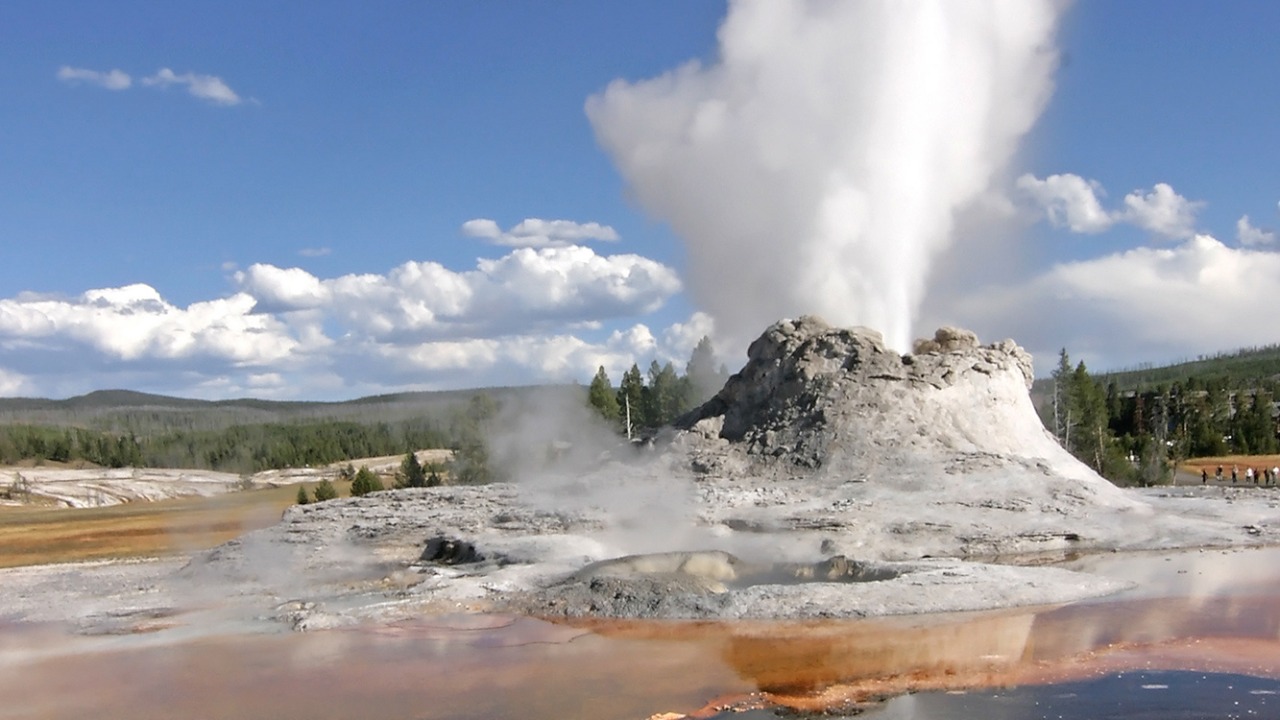
Potential for New Landmass Development
The potential formation of a new island presents exciting prospects for land development. As the island stabilizes, it may offer opportunities for economic and geopolitical benefits. New land can be a valuable resource, providing space for infrastructure and potential tourism attractions.
The long-term viability of new islands depends on various factors, including their geological stability and ecological sustainability. By studying these aspects, scientists and policymakers can make informed decisions about the future use of these emerging landmasses.
Global Awareness and Education
Raising awareness about volcanic activity and its impacts is crucial for fostering a global understanding of these natural phenomena. Educational initiatives can help communities appreciate the dynamic nature of the Earth’s surface and the importance of preserving and studying these new environments.
Observing island formation in real-time provides unique educational opportunities, offering insights into geological processes and ecological adaptation. This knowledge can inspire future generations of scientists and environmentalists to continue exploring and understanding our ever-changing planet.